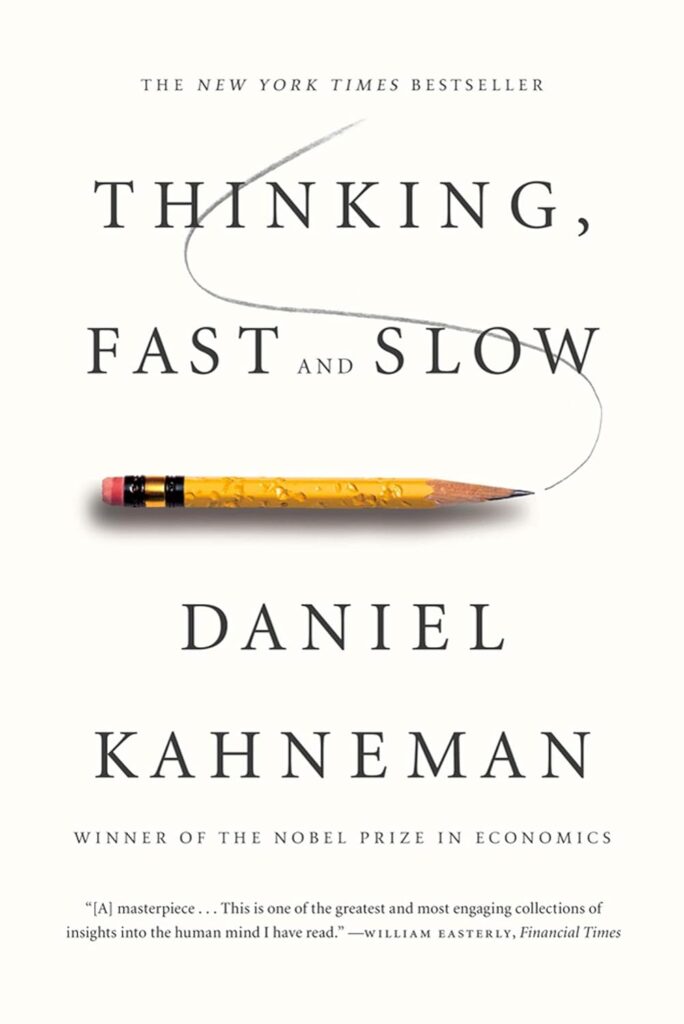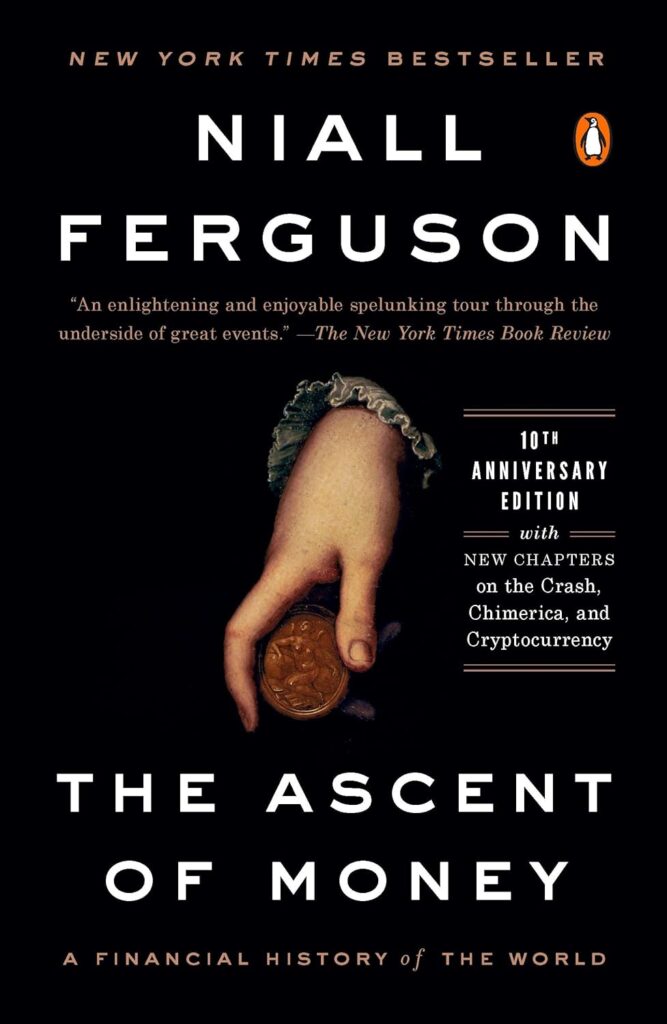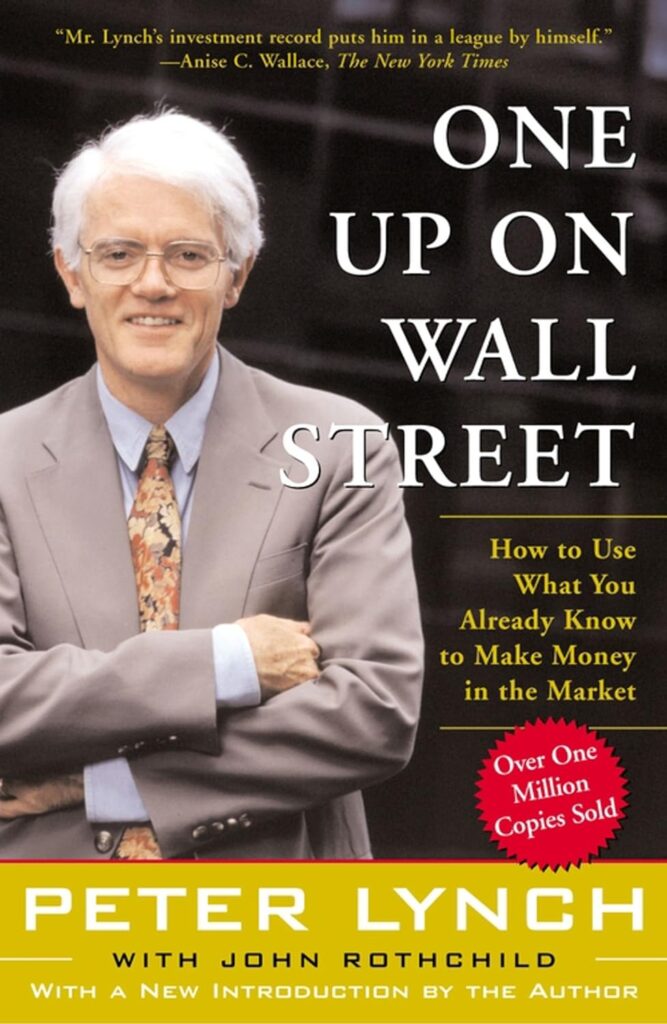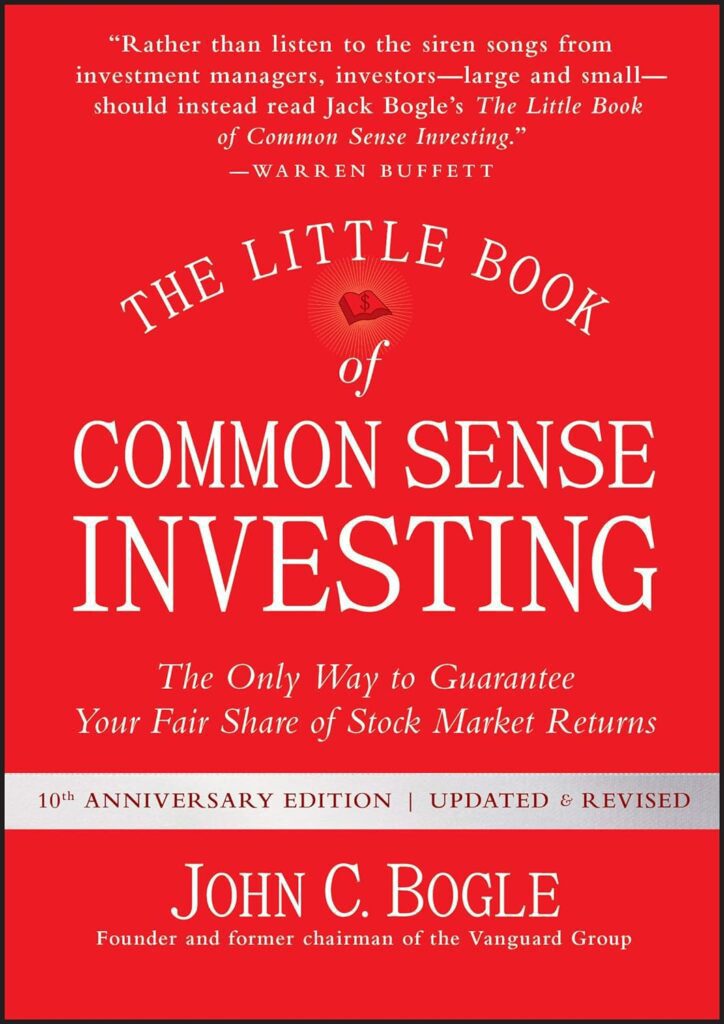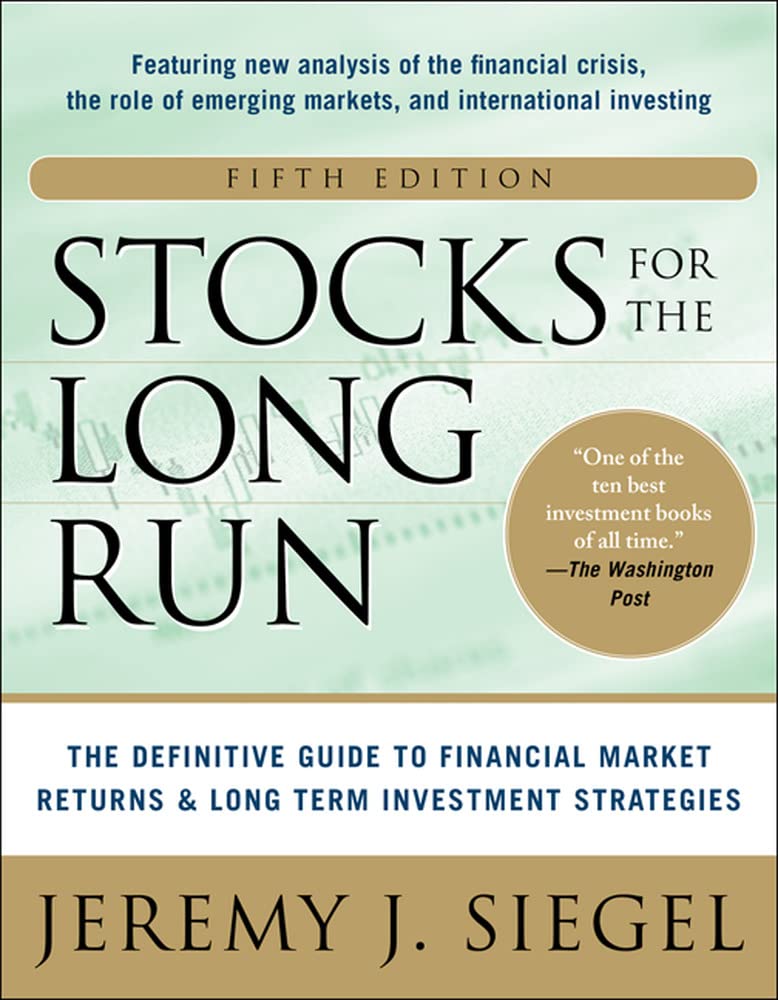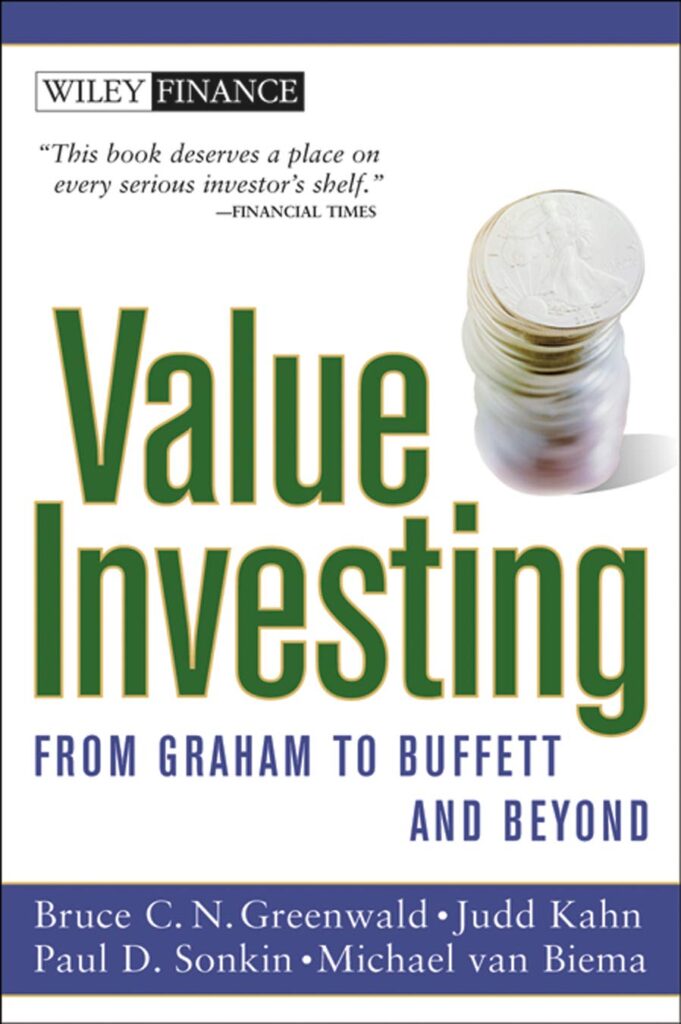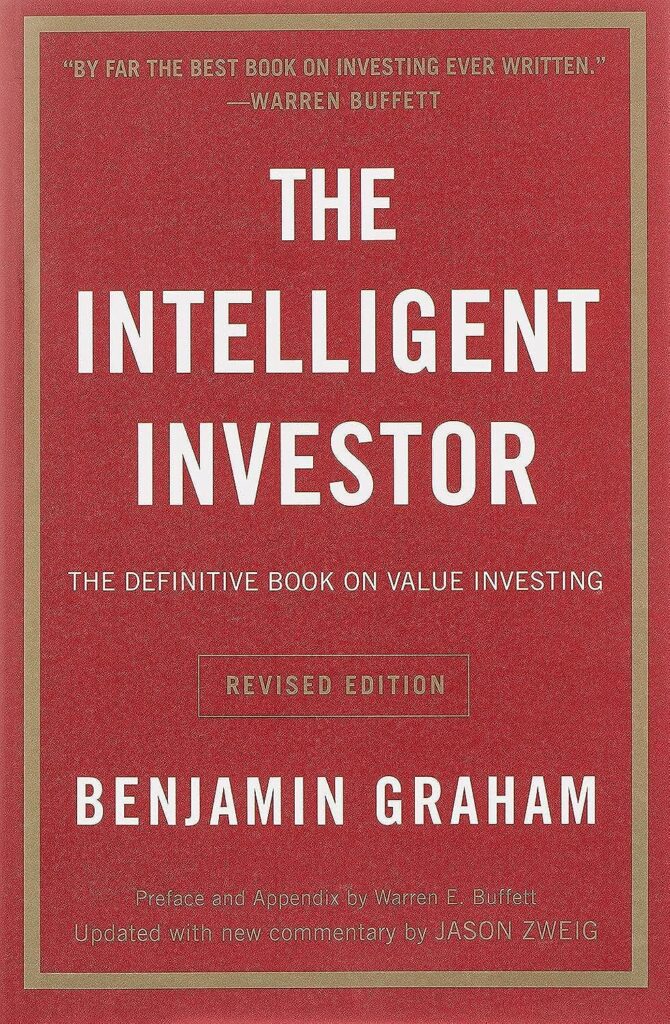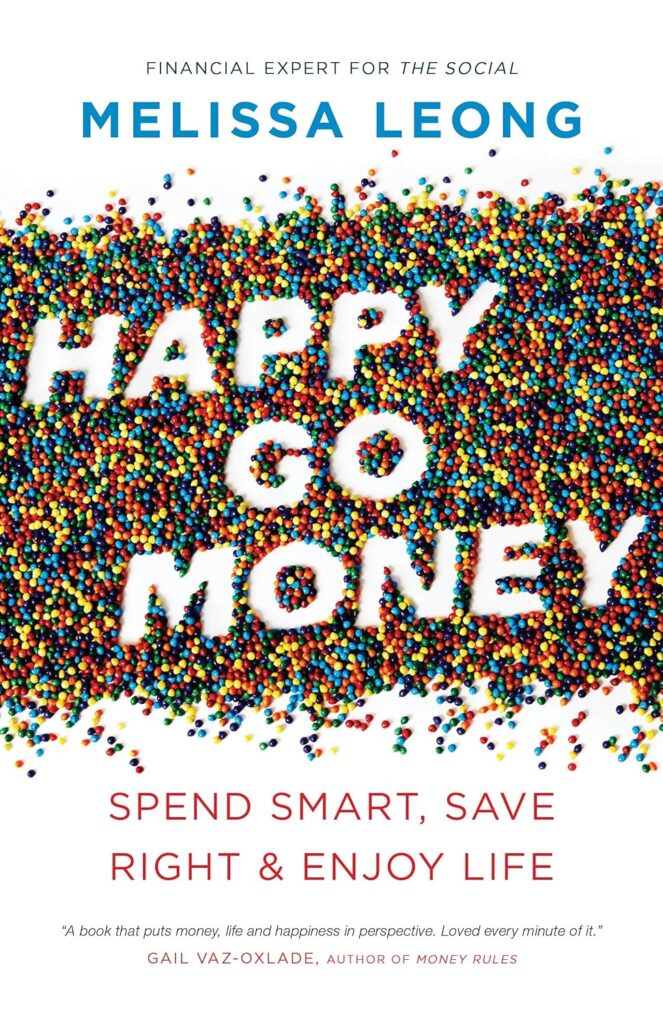Although less of an investment book, Stanley and Danko break down 7 common traits that show up again and again among those who have accumulated wealth. By the end of the book, you’ll understand that wealth in America is more often the result of hard work, diligent savings, and living below your means than it is about inheritance, advance degrees, and even intelligence.
Resources
Books on investing for beginners and useful links
Thinking, Fast and Slow
Daniel Kahneman is a professor of behavioral & cognitive psychology at Princeton, winner of the 2002 Nobel Prize for economics, and author of the best-selling book on cognitive biases and heuristics: Thinking Fast & Slow. This book explains the natural biases that affect our judgment in everyday life, as well as in investing. If you want to be a great investor, then it’s critical to be aware of the biases and tendencies.
The Ascent of Money: A Financial History of the World
Niall Ferguson follows the money to tell the human story behind the evolution of our financial system, from its genesis in ancient Mesopotamia to the latest upheavals on what he calls Planet Finance. What’s more, Ferguson reveals financial history as the essential backstory behind all history, arguing that the evolution of credit and debt was as important as any technological innovation in the rise of civilization. This is a great overview of all things money and a nice introduction to the world of finance.
Competitive Strategy: Techniques for Analyzing Industries and Competitors
Studying Michael Porter is one of the first things you do in business school. Competitive Strategy by Michael Porter has transformed the theory, practice, and teaching of business strategy throughout the world. This book introduces Porter’s 5 Forces to help investors analyze industry attractiveness, as well as the 3 forms of a company’s strategy – low cost, differentiation, and focus.
One Up on Wall Street: How To Use What You Already Know To Make Money In the Market
In One Up on Wall Street, Peter Lynch explains how average investors can beat the pros by using what they know. According to Lynch, investment opportunities are everywhere: from the supermarket to the workplace, we encounter products and services all day long. By paying attention to the best ones, we can find companies in which to invest before the professional analysts discover them.
Buffettology: The Previously Unexplained Techniques That Have Made Warren Buffett the World’s Most Famous Investor
Mary Buffett is Warren Buffett’s former daughter-in-law and her book Buffettology provides a good introduction to Warren Buffett’s investment approach. The book offers profiles and analysis of 54 “Buffett companies.” Read it for the qualitative discussion of Buffett’s investment style.
The Little Book of Common Sense Investing: The Only Way to Guarantee Your Fair Share of Stock Market Returns
Investing is all about common sense. Owning a diversified portfolio of stocks and holding it for the long term is a winner’s game. Trying to beat the stock market is theoretically a zero-sum game (for every winner, there must be a loser), but after the substantial costs of investing are deducted, it becomes a loser’s game. John C. (“Jack”) Bogle is the founder of the Vanguard Group and creator of the world’s first index fund, and The Little Book of Common Sense Investing is a top recommendation of Warren Buffett’s.
Stocks for the Long Run: The Definitive Guide to Financial Market Returns & Long-Term Investment Strategies
Jeremy Siegel‘s nickname is the “Wizard of Wharton” (he’s been teaching there for 45 years). His investment book Stocks for the Long Run is sometimes called “the buy and hold Bible.” The book makes the convincing argument that – after you account for inflation – equities are actually the safest investment in the long run, proving the point that most people should be long-term, passive investors in the stock market.
Value Investing: From Graham to Buffett and Beyond
Bruce Greenwald is the Robert Heilbrunn Professor of Finance and Asset Management at Columbia University and is one of the leading authorities on value investing. This book gives the most comprehensive overview of value investing of any investment book I’ve read, covering general techniques of value investing as well as profiles of successful value investors such as Warren Buffett and Mario Gabelli.
The Essays of Warren Buffett: Lessons for Corporate America
If The Intelligent Investor is the value investor’s bible, then The Essays of Warren Buffett are the value investor’s New Testament. Warren Buffett has been writing essays on investing and business for 50 years, and his genius – combined with his down-to-earth charm and clear prose – makes him perhaps one of the greatest educators as well as one of the greatest investors to have ever lived. Many of these essays can be found for free online, but The Essays of Warren Buffett by Lawrence Cunningham brings them all together under one roof.
The Intelligent Investor: The Definitive Book on Value Investing
There’s a reason why Graham is called the “Godfather of Value Investing.” Benjamin Graham was probably the most influential investing figure of the 20th century, and The Intelligent Investor is probably the most influential investment book of all time. The Intelligent Investor is the value investor’s bible… keep this one on your bedside table.
Happy Go Money: Spend Smart, Save Right and Enjoy Life
Everything tells us that what will make us happy can be bought, whether it’s the latest gadgets, renovated kitchens, or luxury goods. But research has shown that having more money in the bank and more stuff around the house doesn’t necessarily correlate with being a happier person. With Happy Go Money, financial expert Melissa Leong cuts through the noise to show you how to get the most delight for your dollar.
Happy Go Money combines happiness psychology and personal finance and distills it into an indispensable starter guide. Each snappy chapter provides practical, easy-to-understand advice on topics such as spending, budgeting, investing, and mindfulness, while weaving in research, interactive exercises, and relatable anecdotes. Frank, funny, and empowering, this primer challenges everyone to revamp their relationship with their money so they can dial down their worries and supersize their joy.

Contact Us
We would love to deliver a financial education session to your organization. Please contact hersdollarsandsense@gmail.com for workshop opportunities.


